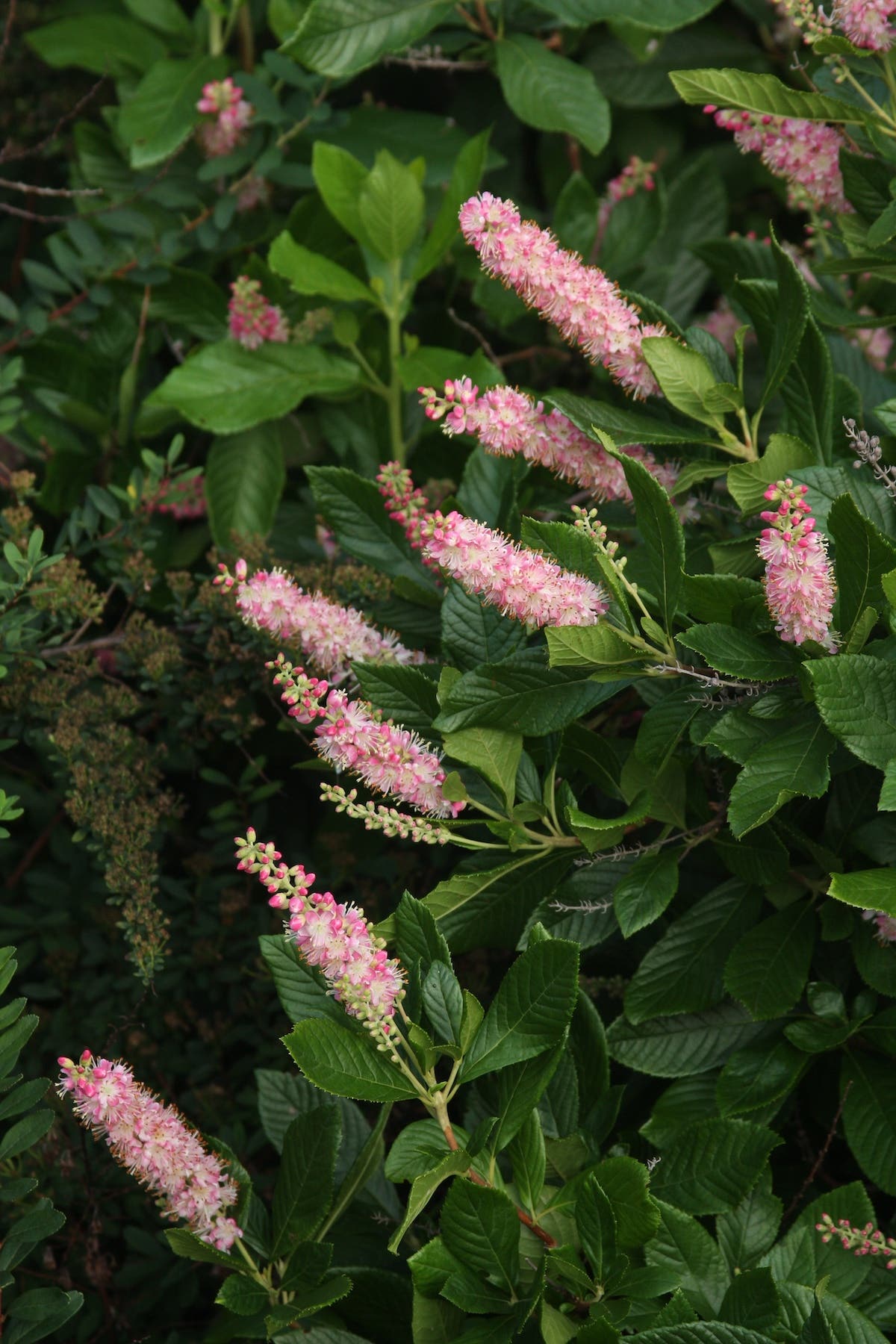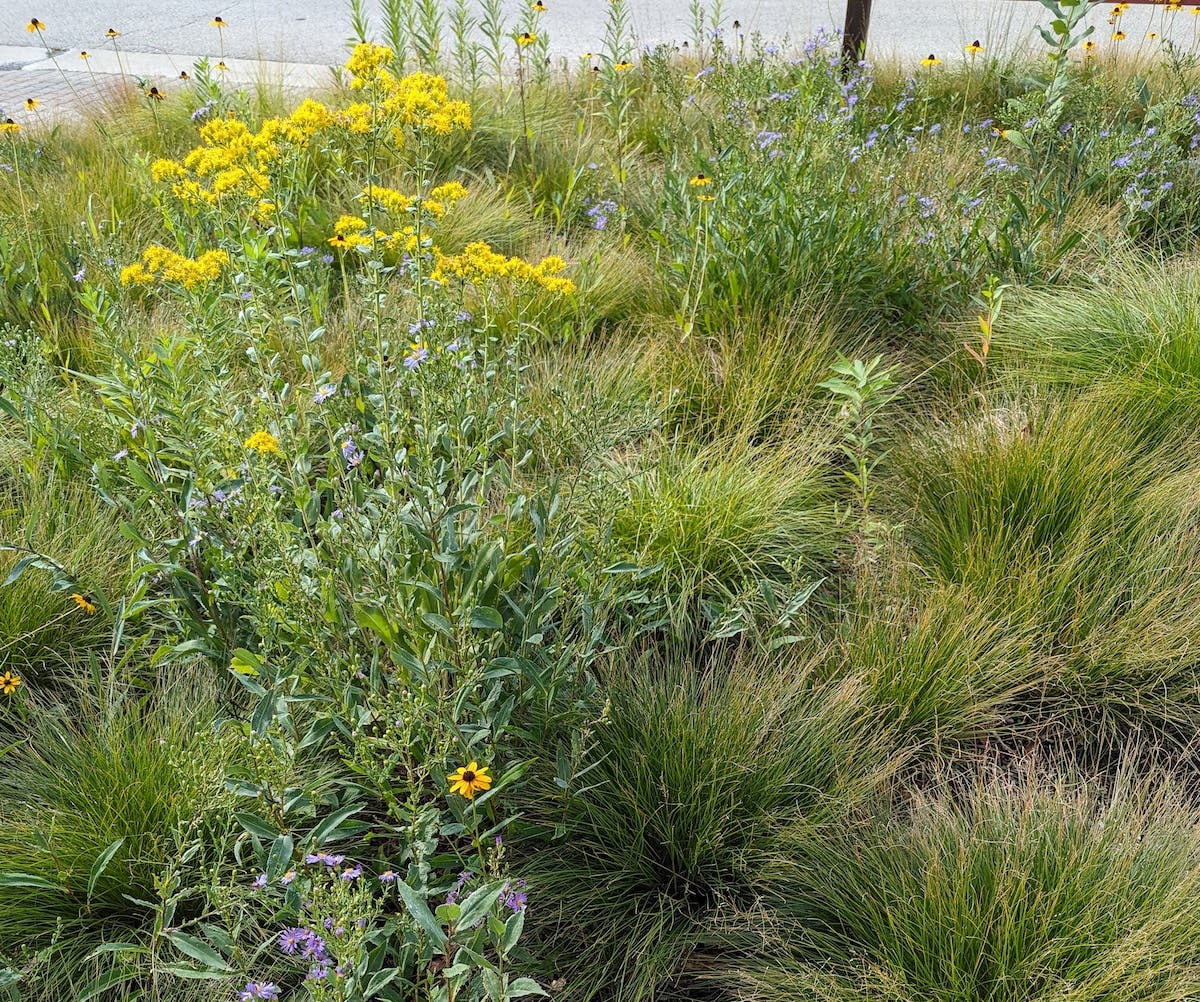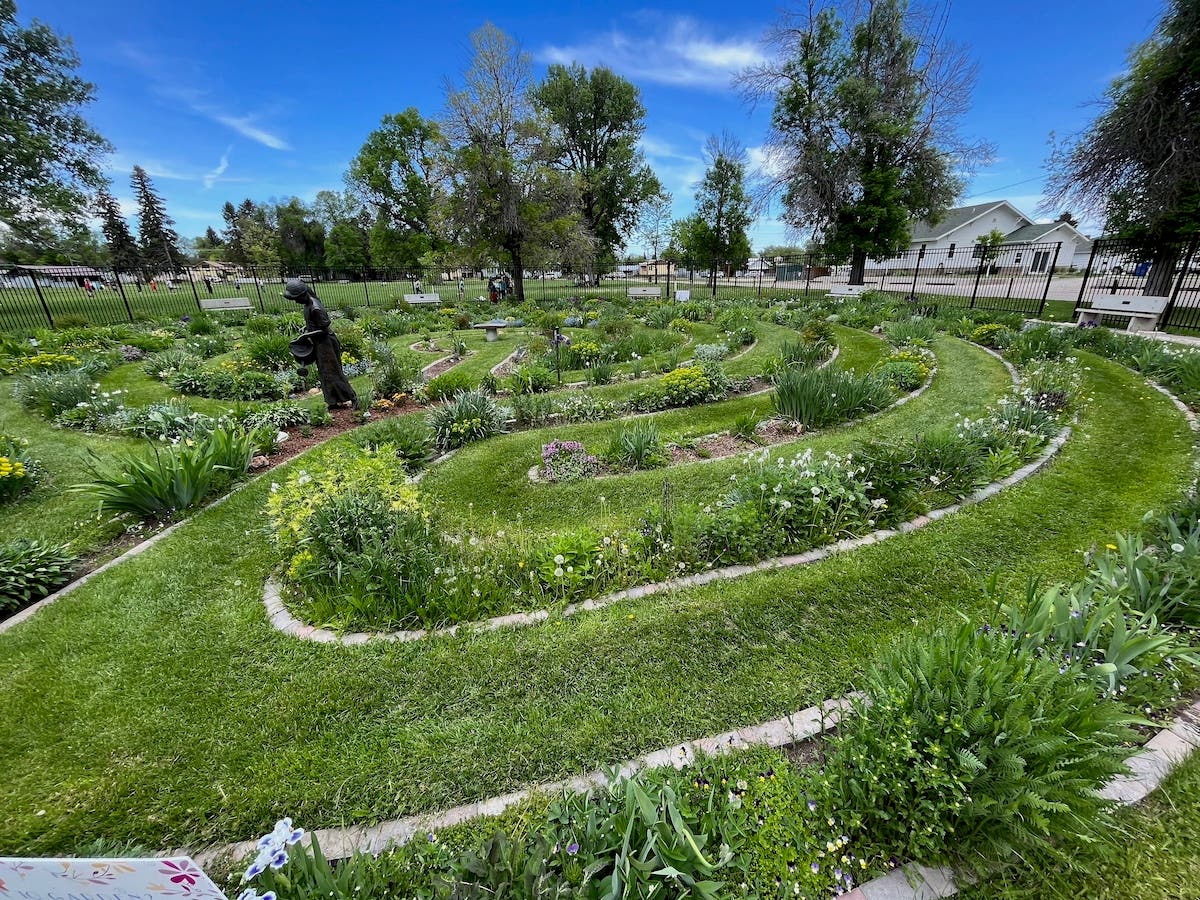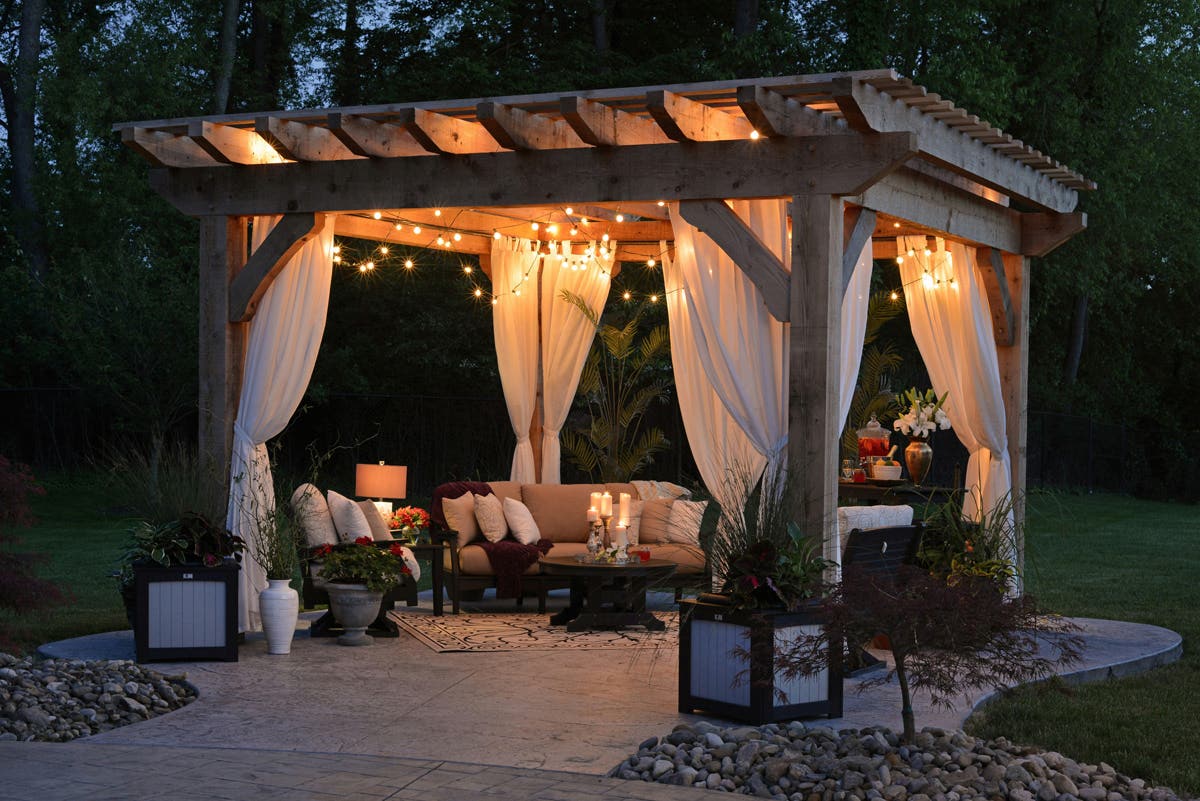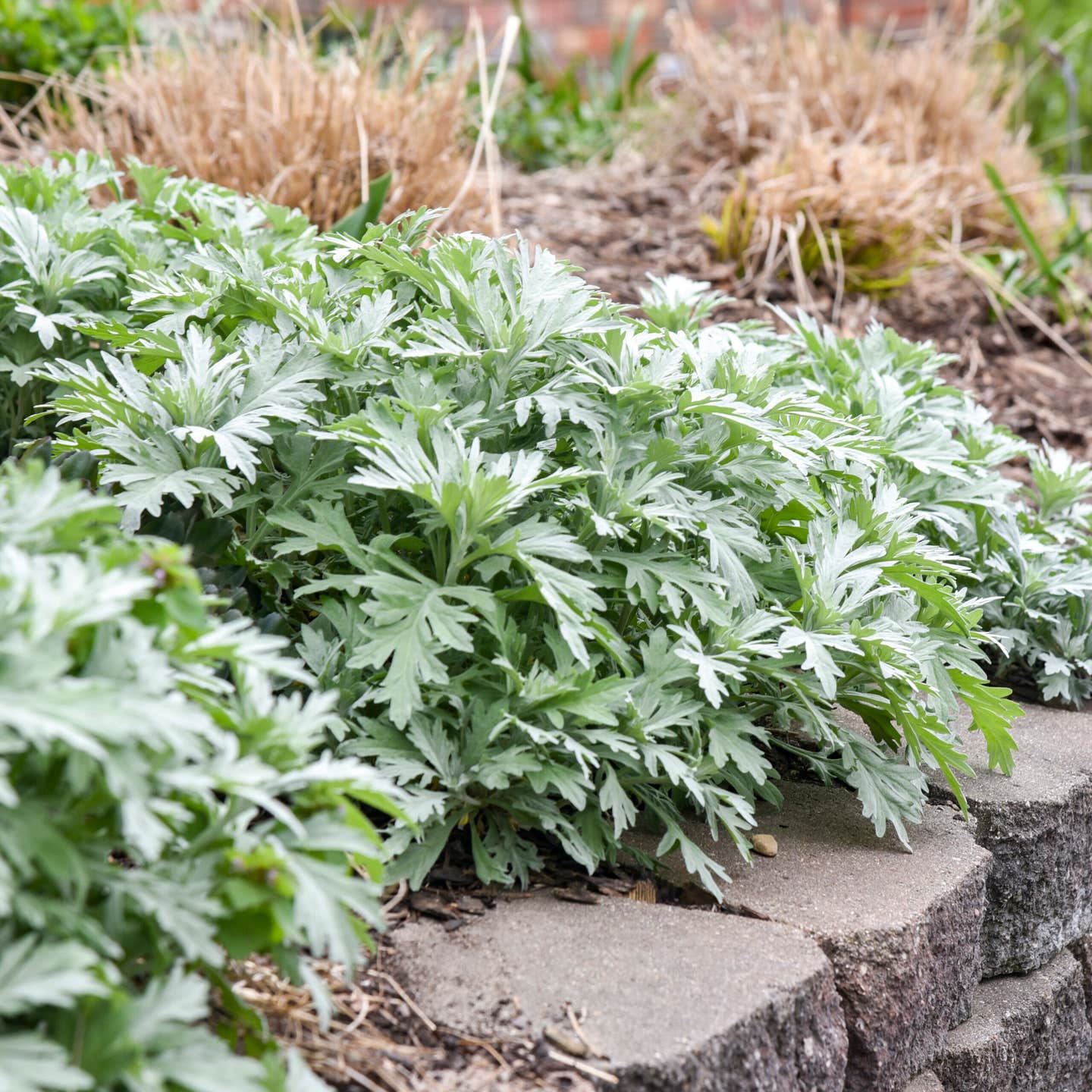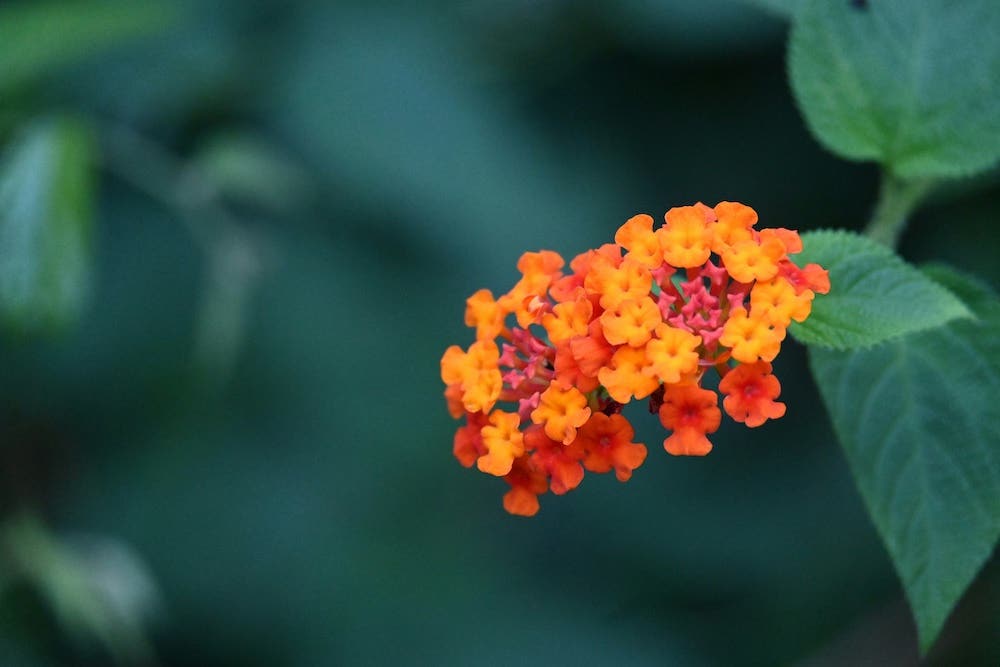Bulb & Perennial Combos
Try these bulb-and-perennial combinations for a prettier spring garden.
Good gardeners and professional landscape designers have long known that perennials and spring-flowering bulbs such as tulips, daffodils and alliums make excellent companion plantings. Not only can the proper pairings look great together, they can be mutually supportive. Colorful spring bulbs can complement emerging perennial foliage. When that foliage matures, it can mask the fading leaves of post-bloom bulbs.
Researchers at Cornell University have cast the objective eye of science on the question of what bulbs and perennials to pair. Over four seasons at the university's Ithaca, N.Y. trial grounds (USDA zone 5), the Cornell team put various combinations to the test. Their results are now available to all on the university's website at www.hort.cornell.edu/combos.
Dr. William B. Miller, a professor and the director of the university's Flower Bulb Research Program, led the team. "The idea of pairing bulbs and perennials to achieve multiple goals is so desirable," said Professor Miller, "that we felt it deserved more than an anecdotal approach. We created an objective study to document what works and what doesn't in a typical spring garden." The combination trials were designed to achieve four goals:
1. Look at how early bulbs help extend the bloom season in the garden.
2. Explore how perennials might best be used to mask the dying foliage of post-bloom bulbs.
3. Consider leaf texture as a design element.
4. Examine the various roles color plays in creating successful combinations.
Following are 15 of their top-performing combos (descriptions courtesy Cornell University Department of Horticulture):
Tulipa 'Queen of Night' with Sedum 'Matrona'—Shown right. The purple tulip flowers complement the purple-edged foliage of the sedum to make a truly wonderful spring display. The deep, dark purple of the almost-black tulip flower echoes the hues of this dark-leaved sedum. The sedum then grows large enough over the season to overtake the old tulip foliage. This combo would be effective with any upright, dark-leaved sedum.
Allium karataviense 'Ivory Queen' with Aster macrophyllus—The allium leaves match the aster foliage nearly perfectly, allowing for the blooms to show with no worry of unattractive foliage. The two plants grow at the same rate and the blooms are still visible.
Anemone blanda 'White Splendour' with Rheum palmatum 'Atrosanguineum'—The fine white flowers of the anemone contrast well with the dark, coarse foliage of the rheum. The anemone blooms before the leaves of the rheum get too large, and then the rheum grows to cover the old foliage of the anemone. Rheum would be a good companion for many bulbs because of its large leaves.
Hyacinthus 'White Pearl' with Rheum palmatum 'Atrosanguineum'—Just as the rheum contrasted with and then covered the anemone, it does so for the hyacinth. This combo could be even better if a multiflora or "looser" white hyacinth were used.
Hyacinthus 'Jan Bos' with Penstemon 'Husker Red'—The emerging penstemon leaves are dark purple just as the hyacinth is blooming, creating a nice color scheme. It seems as though many cultivars of hyacinth can be combined with Penstemon 'Husker Red'. The penstemon is slow enough to allow the hyacinths to finish blooming and reenergize their bulbs, and then takes over before the foliage becomes unsightly.
Ipheion uniflorum 'White Star' with Potentilla argentea—The interesting texture of the newly emerging potentilla leaves makes a complementary surrounding for the blooming ipheion. The potentilla then grows tall to sufficiently cover the browning leaves of the ipheion, making a useful combination.
Narcissus 'Fortissimo' with Papaver orientale 'Turkenlouis'—An excellent functional combination whereby the narcissus flowers slightly above the developing poppy leaves. The leaf texture contrast between the narcissus and papaver make for an interesting mix early on, and the fast growth of the papaver covers the narcissus foliage quickly. Any combination of poppy and similarly sized daffodil would work. The poppy flowers after the daffodil, so color is not an issue.
Narcissus 'Ice Follies' with Pulsatilla vulgaris 'Papageno'—This combination shows contrasting foliage texture, simultaneous blooming that complements both plants, and perennial foliage cover after the bulbs are finished for the season. The yellow center of the pulsatilla and the corolla of the Ice Follies are a great color echo. Also, the fuzzy and airy seed heads of the pulsatilla camouflage faded narcissus flowers.
Narcissus 'Pink Charm' with Cimicifuga ramosa 'Brunette'—The foliage of the cimicifuga compliments the narcissus foliage and flowers early in the season. It also grows large enough to mask the browning daffodil leaves. This combo would be especially excellent if narcissus were interspersed more evenly.
Narcissus 'Salome' with Phlox paniculata 'Bill Baker'—This combination illustrates the use of bulbs with perennials to extend the bloom season. After the narcissi are finished, the phlox explodes with blooms, masking the bulb foliage. This combo would work with many narcissi and probably also with early tulips.
Narcissus 'Slim Whitman' with Achillea filipendulina 'Gold Pallette'—The leaf texture of the emerging achillea offers contrasting texture, adding to the interest of the spring garden. The achillea foliage grows tall and thick enough to hide the fading narcissus foliage.
Tulipa 'Ballade' with Geranium 'Mayflower'—The height of the purple-hued tulip at bloom and the early geranium foliage makes the tulip blooms look as if they are floating in a sea of green. Later, the geranium's foliage and purple flowers mask the fading tulip leaves.
Tulipa 'Don Quichotte' with Geranium 'Claridge Druce'—The blooming of the tulip and the growth of the geranium coincide perfectly. A functional combo, with the geranium foliage working to mask the tulip leaves as they senesce. The pink color of the tulip is echoed by some purpling of the geranium, caused by cool spring weather. Another combination, 'Don Quichotte' with Geranium pratense 'Splish Splash', is similar.
Tulipa 'Negrita' with Stachys byzantine—This combination has it all - extension of the blooming season, contrasting & complementary leaf color and texture, and the right timing for old leaf coverage. The purple tulip is excellent with the grey stachys.
Tulipa 'Parade' with Dicentra spectabilis 'Alba'—The red blooms of the tulip with the white blooms of the dicentra add charm to the spring garden. As the tulips finish their show, the dicentra continues to bloom for several more weeks.
The Cornell site also features suggested combinations of perennials with tulips, narcissi, crocuses and more, plus accounts of combinations the researchers found to be less than successful. More perennial–bulb combos from the Cornell trials.
For more information about flower bulbs and bulb flowers visit www.bulb.com.
See our CD on gardening with perennials
See our selection of online gardening workshops with Ken Druse, Alice McGowan and Amanda Thomsen


